Saudi Arabia’s UNESCO Sites are one of the best reasons to visit the country. All incredibly beautiful, they are a testament to the nation’s rich history and cultural diversity. Let’s explore some of these remarkable sites that we feature on our Saudi Arabia tours.
Table of Contents
Saudi Arabia’s UNESCO history
Saudi Arabia has a strong and active relationship with UNESCO. It has been a member state since 1946 and has been actively involved in various UNESCO programmes and initiatives.
Saudi Arabia’s UNESCO sites are always growing in number. There is also fourteen sites on the Tentative List, including the Coral Reefs of the Gulf of Aqaba and the Red Sea, that you can see around Jeddah.
On our Saudi Arabia Tours, we visit four of those sites: Hegra, Jubbah, the old town of Jeddah and Diriyah.
Hegra, the Pearl of Saudi Arabia
Declared a UNESCO World Heritage Site in 2008, Hegra, also known as Mada’in Saleh, is a captivating archaeological site that offers a glimpse into the Nabatean civilisation. This massive site encompasses ruins from the Nabataean Kingdom (1st century AD), when it was the kingdom’s southernmost and second largest city after Petra, its capital. The dry climate, the lack of resettlement after the site was abandoned, and the prevailing local beliefs about the locality have all led to its extraordinary state of preservation.
During our visit to Hegra, we see the best examples of the 131 monumental rock-cut tombs, with their elaborately ornamented façades.
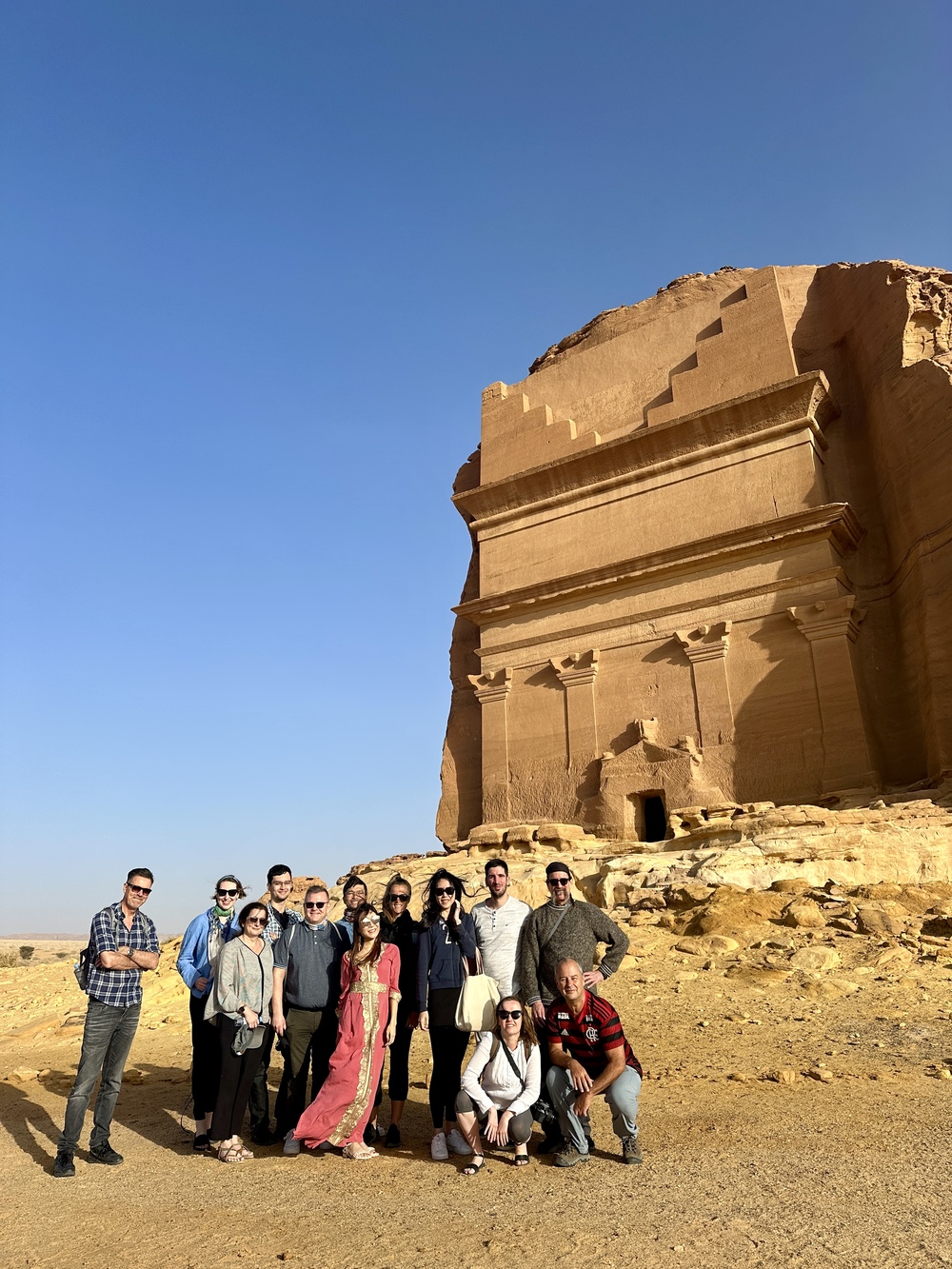

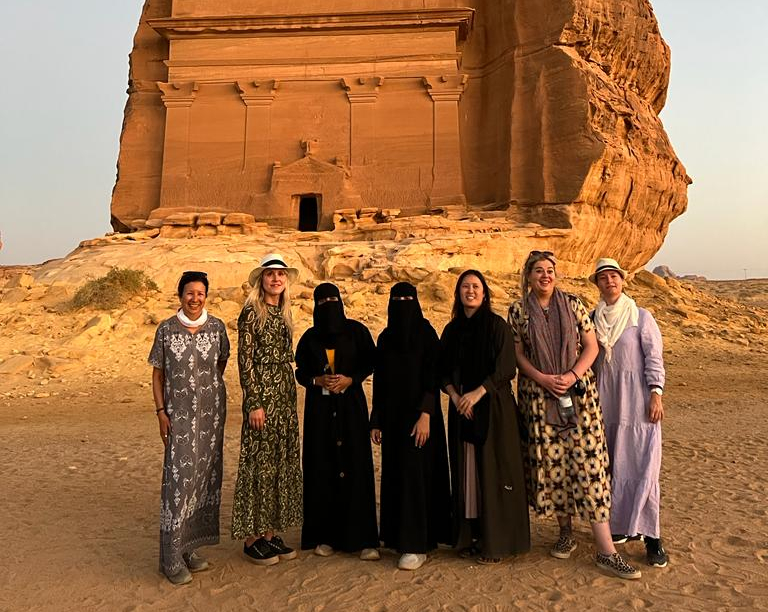
Our first stop, Jabal Ithlib, holds special significance for the Nabataean people. The Sik, a naturally formed passageway, leads to a sacred area adorned with inscriptions, shrines, altars, and sanctuaries. Here, in the massive rock-cut hall known as the Diwan, Nabataeans would gather for ritual feasts or political discussions.
On the second stop, at Jabal AlBanat, we can see many tombs. Varying in size and decoration, they reflected the status of the families or groups they commemorated. Hegra boasts a unique collection of preserved tomb inscriptions, many of which detail the commission date and sometimes even the name of the carver.
Our third stop is the most famous sight of Hegra and maybe even of Saudi Arabia: the Tomb of Lihyan son of Kuza (Qasr AlFarid). The tomb likely belonged to a highly significant Nabataean individual or family. Although its lower section remains unfinished, it would have been the largest façade at Hegra upon completion. Its unique features, such as the presence of four Nabataean columns instead of the usual two, further underscore its importance.
Diriyah, the cradle of the Saudi State
Diriyah, one of the first Saudi UNESCO Sites, traces its origins nearly 600 years ago to the banks of Wadi Hanifah. This fertile valley has been a human settlement for centuries. The city’s remarkable urban ensemble showcases Najdi vernacular architecture. We visit it right at the beginning of our Saudi Arabia tours to get a good vision of the country’s history.
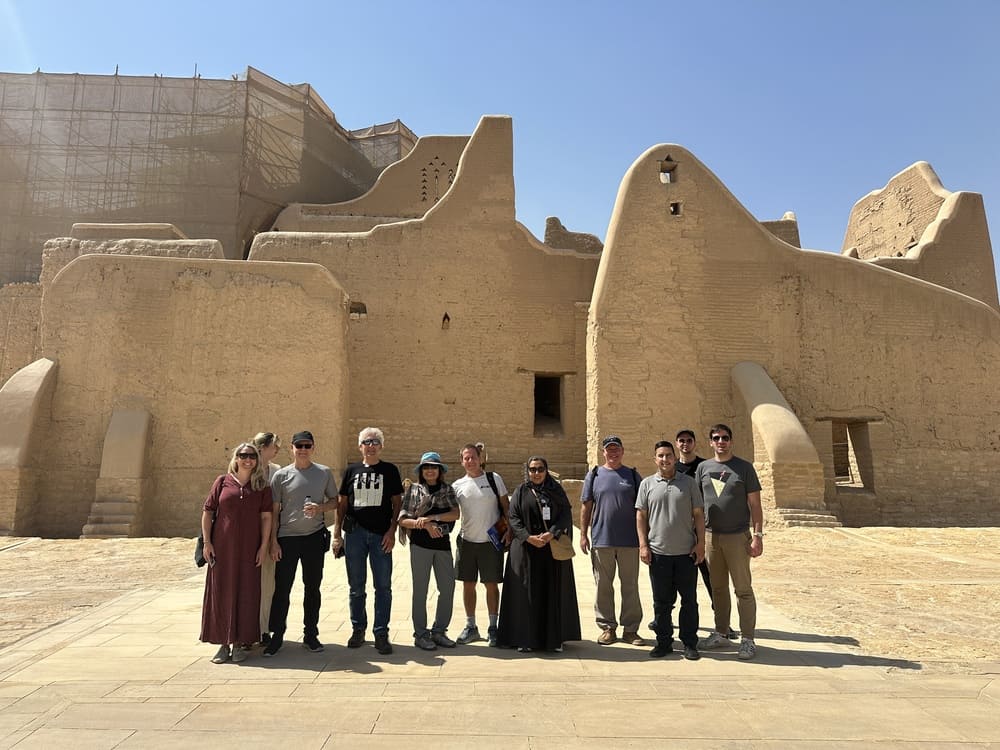
At-Turaif, a fortified mud-brick citadel within Diriyah, holds historical significance as the birthplace of the first Saudi state in 1727 under Imam Mohammed bin Saud’s rule. Sadly, the citadel suffered extensive damage during the Ottoman invasion of 1818.
During our visit, we spend a few hours exploring many buildings, including the At-Turaif mosque, the Salwa Palace, the Prince Saad bin Saud palace, and inner courtyards of traditional houses. We also visit three galleries: the Diriyah Gallery, the Arabian Horse Gallery and the Military Gallery.
Jubbah, a halt for caravans in the desert
Another site we visit on our Saudi Arabia tours is the enigmatic Jubbah. This lesser-known UNESCO World Heritage Site is a time capsule, filled with hundreds of rock art panels dating back to the Neolithic period (4000-10,000 BCE) and ancient Thamudic inscriptions from around 1000 BCE.
A long time ago, there was a lake the foot of the Umm Sinman hill range, attracting life to the southern reaches of the Great Nafud Desert. This oasis inspired generations to leave their mark, resulting in a mesmerising collection of petroglyphs and inscriptions that span over 10,000 years of human history.
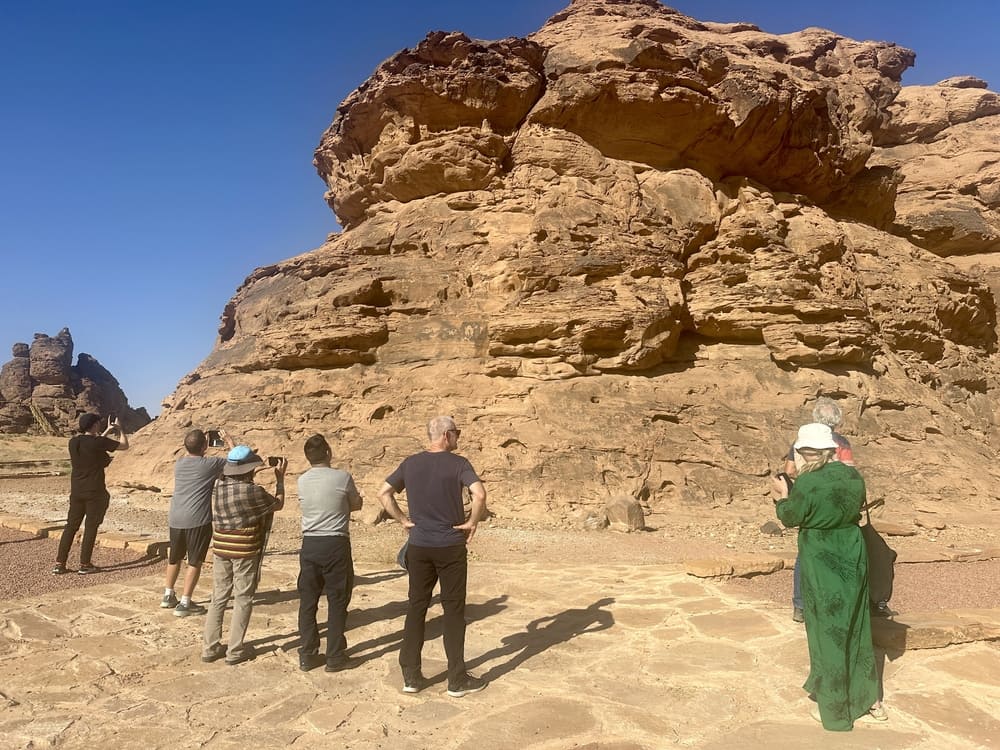
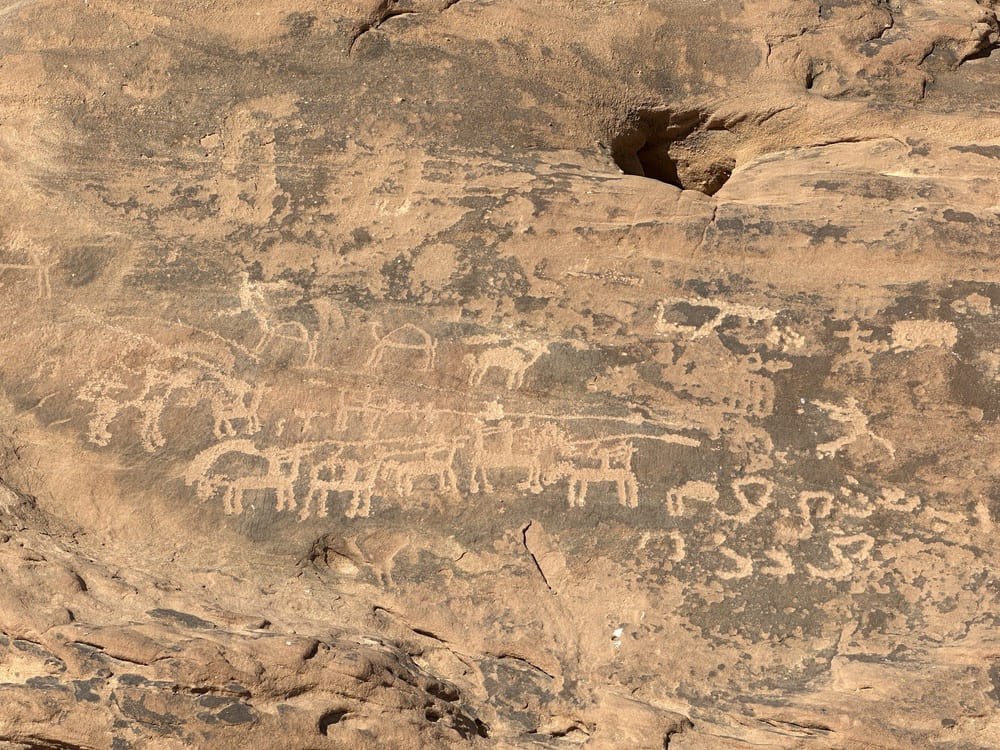
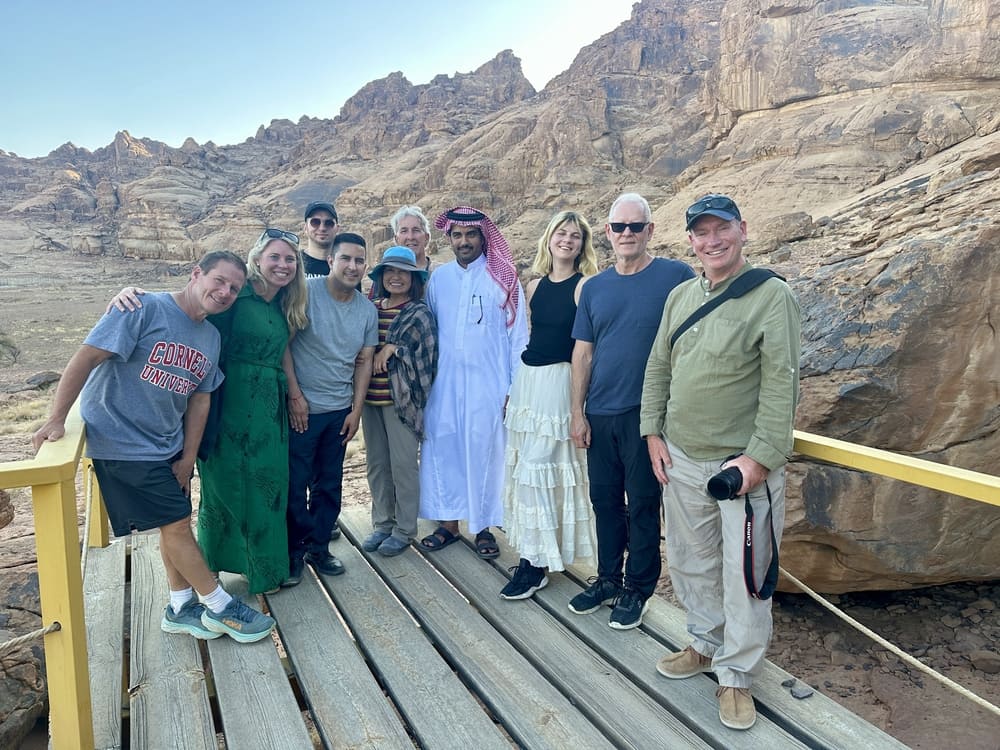
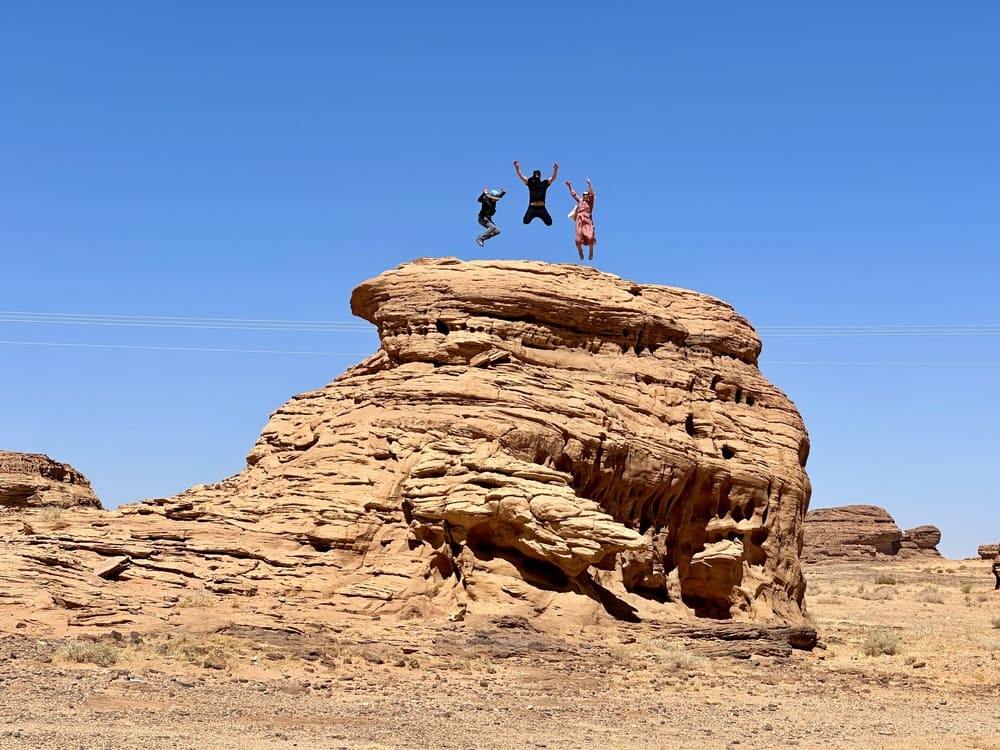
The Old Town of Jeddah, the chilliest city in the Kingdom
A highlight of our tours is the visit of the historic Al Balad district, in Jeddah, known for its traditional architecture. We always enjoy walking through the narrow streets for a few hours, watching the sun set on the coral-stone buildings, characterised by their wooden Roshan windows and balconies.
In May 2019, Crown Prince Mohammed bin Salman announced a multi-billion dollar restoration of 56 historical building in Al-Balad. The aim is to transform historic Jeddah into a global tourist destination.
Among the most famous and oldest buildings in the district is the Nasseef House, built in 1872; and the Baeshen house, which was the gathering place of the notables of Jeddah in the past and now hosts a small exhibition.
We also like to stop at the the AlShafei mosque. Its marble pillars and Al-Mangabi Stones date back to 1400 years. However, its minaret “only” goes back 850 years as a recent addition because old mosques were built without minarets.
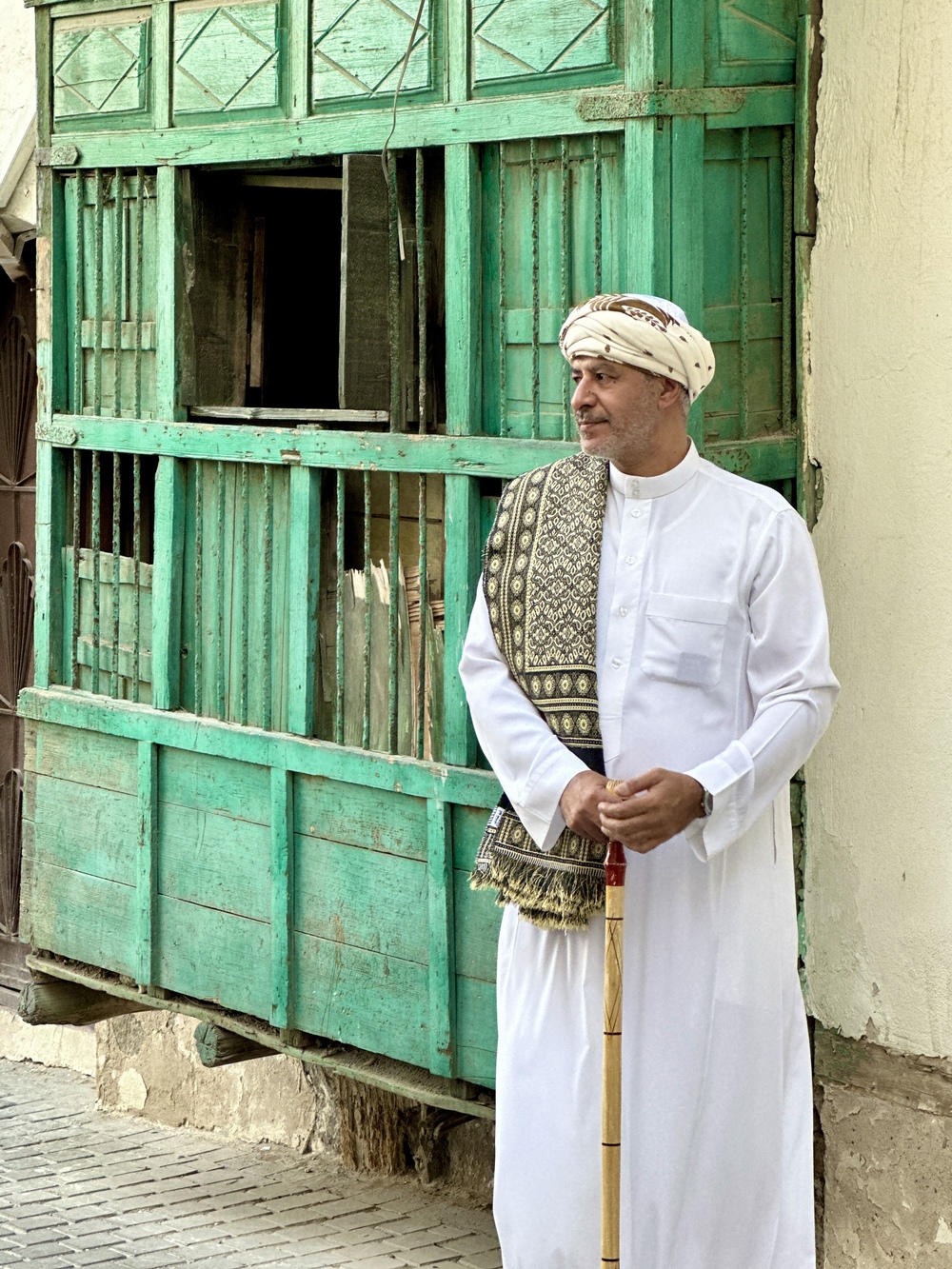
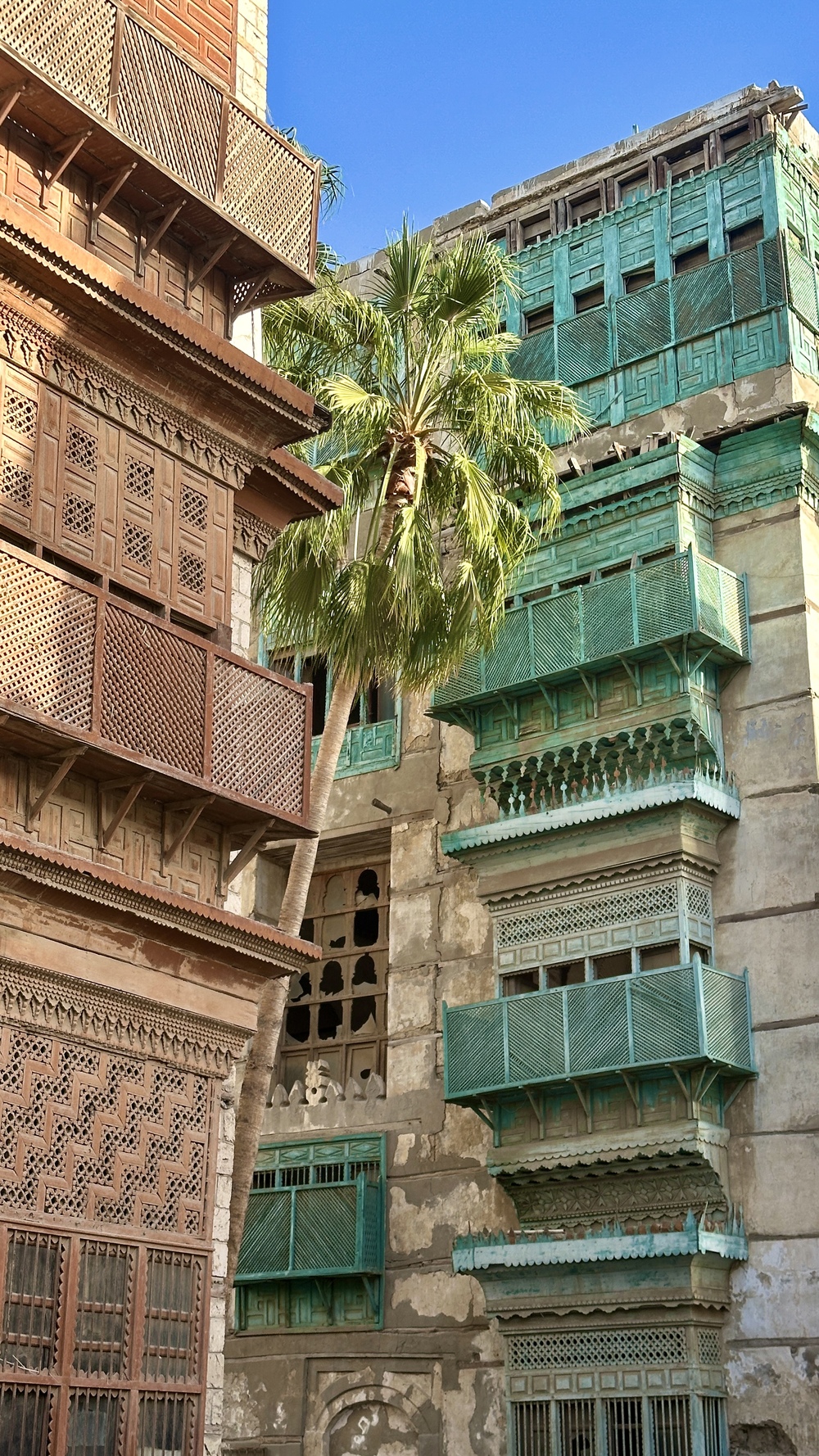
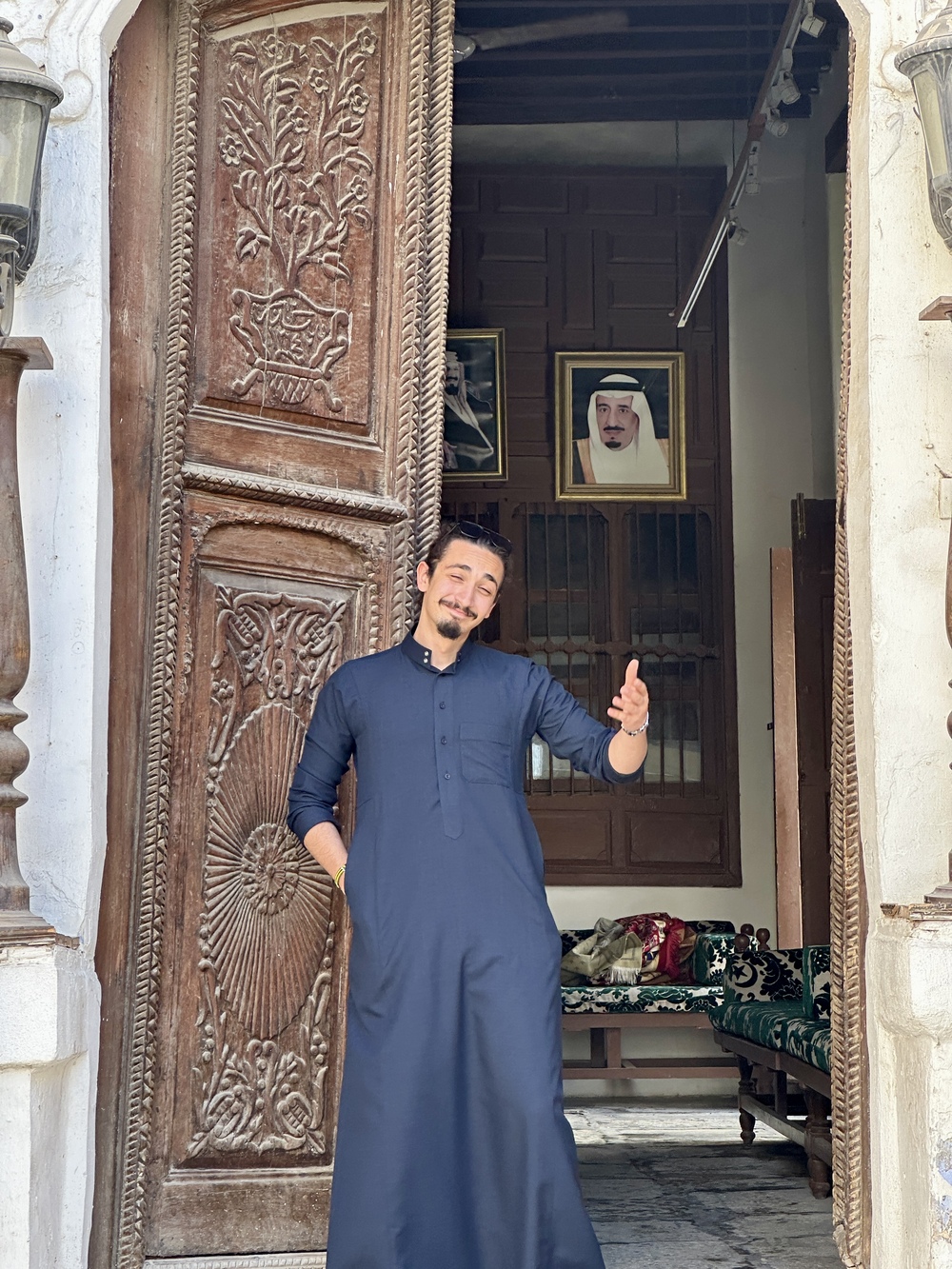
Al-Ahsa Oasis, an evolving cultural landscape
Showing how people adapted to harsh desert environments, the Al-Ahsa Oasis is the world’s largest oasis. It showcases a remarkable interplay between humans and nature, with its irrigation systems, fertile lands, and historical settlements. The oasis reflects a continuous cultural tradition that spans millennia, from the Neolithic period to the present day.
The rock art of the Ḥimā Cultural Area
The Ḥimā Cultural Area is a vast desert landscape with ancient rock art sites. These petroglyphs and inscriptions offer a glimpse into the lives of prehistoric and early historic populations in the Arabian Peninsula. The site’s remote location and harsh conditions have helped preserve these invaluable records of human history.
The Cultural Landscape of Al-Faw Archaeological Area
Located in the southwestern region of Saudi Arabia, Al-Faw encompasses a diverse range of archaeological remains, including settlements, tombs, and rock art. It provides valuable insights into the development of human societies in the Arabian Peninsula.
‘Uruq Bani Ma’arid
‘Uruq Bani Ma’arid is a remarkable cultural landscape that shows the traditional ways of life of the nomadic Bedouin tribes. The site includes ancient settlements, irrigation systems, and agricultural terraces, which reflect the ingenuity and resilience of the Bedouin people in adapting to a harsh desert environment.
Visiting Saudi Arabia with Young Pioneer Tours
Not only the birthplace of Islam, but also filled with a plethora of other international sites, Saudi Arabia is slowly but surely opening up to the world, making this the perfect time to visit Saudi Arabia before crowds of tourists arrive – believe us, it’s so beautiful that it will eventually happen!





